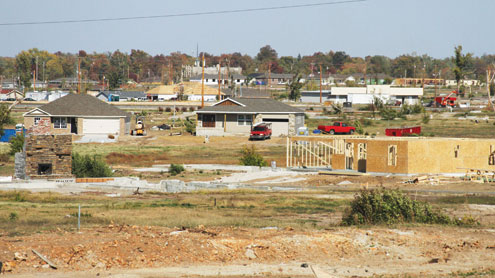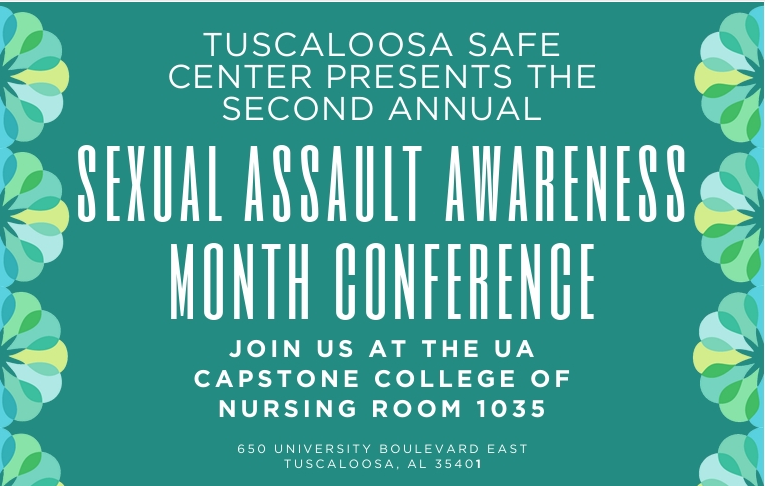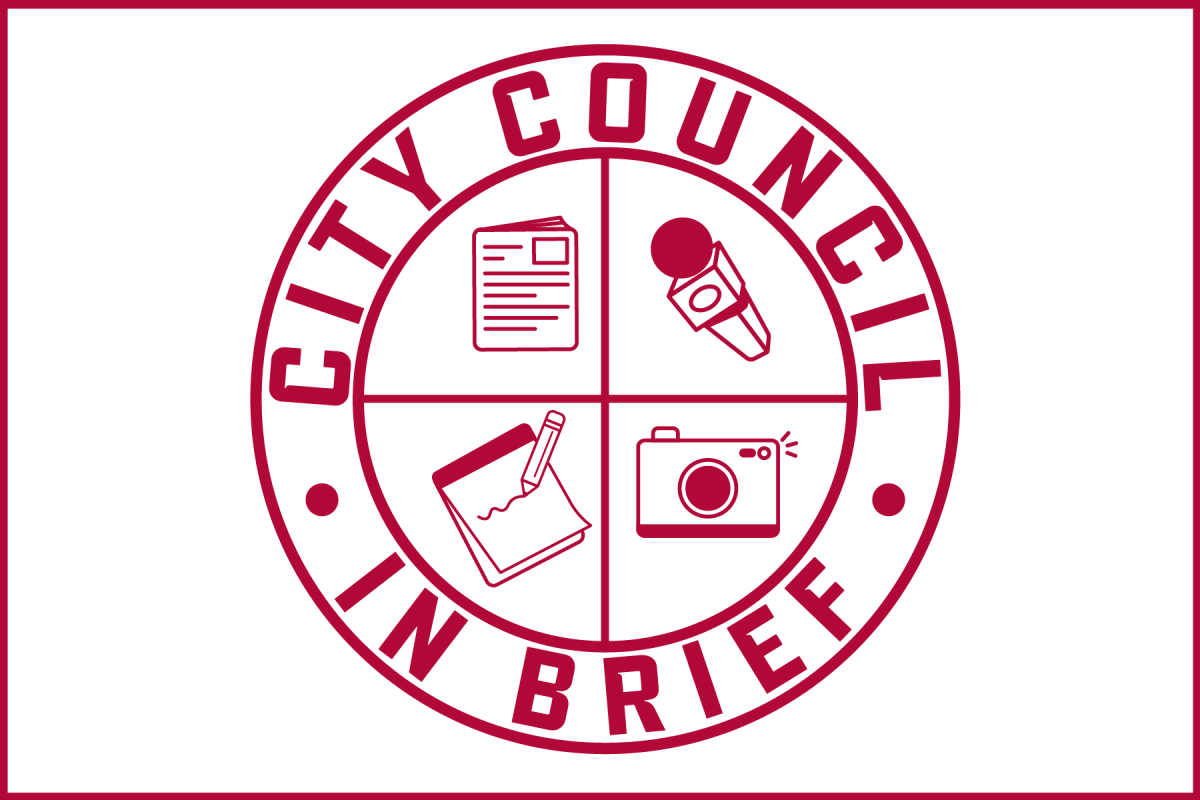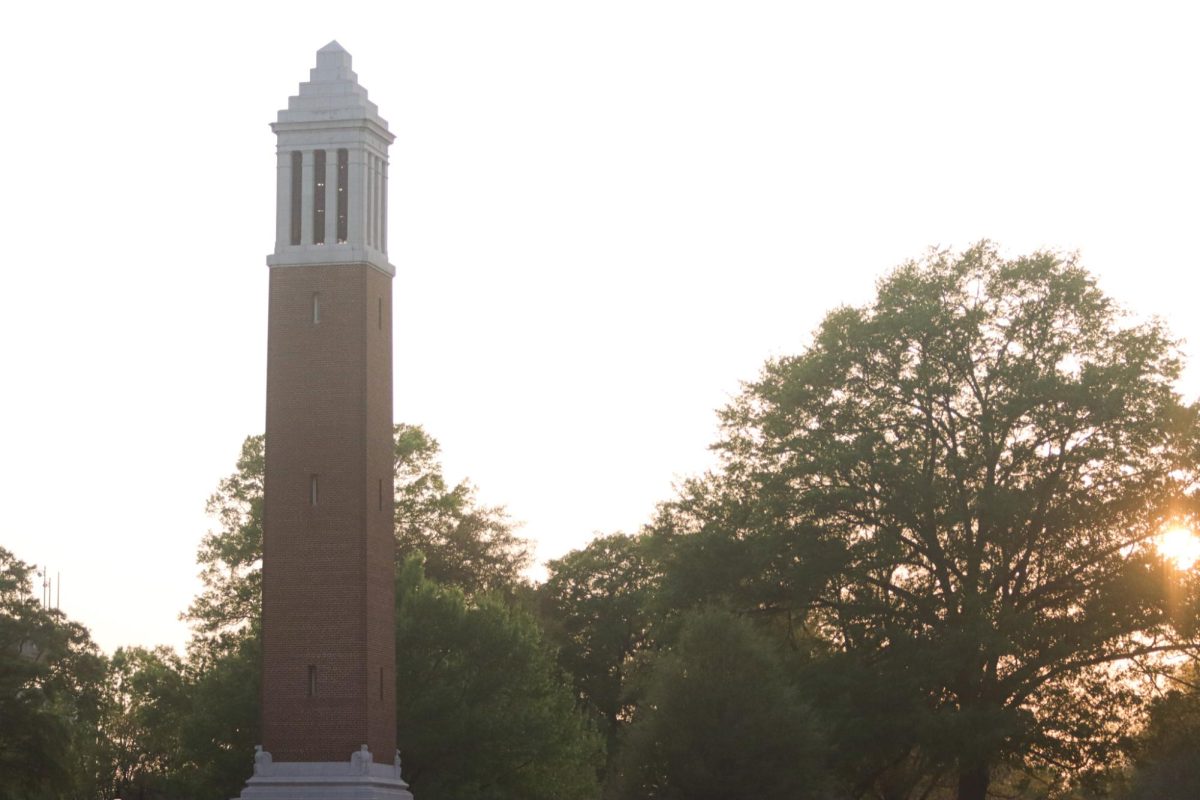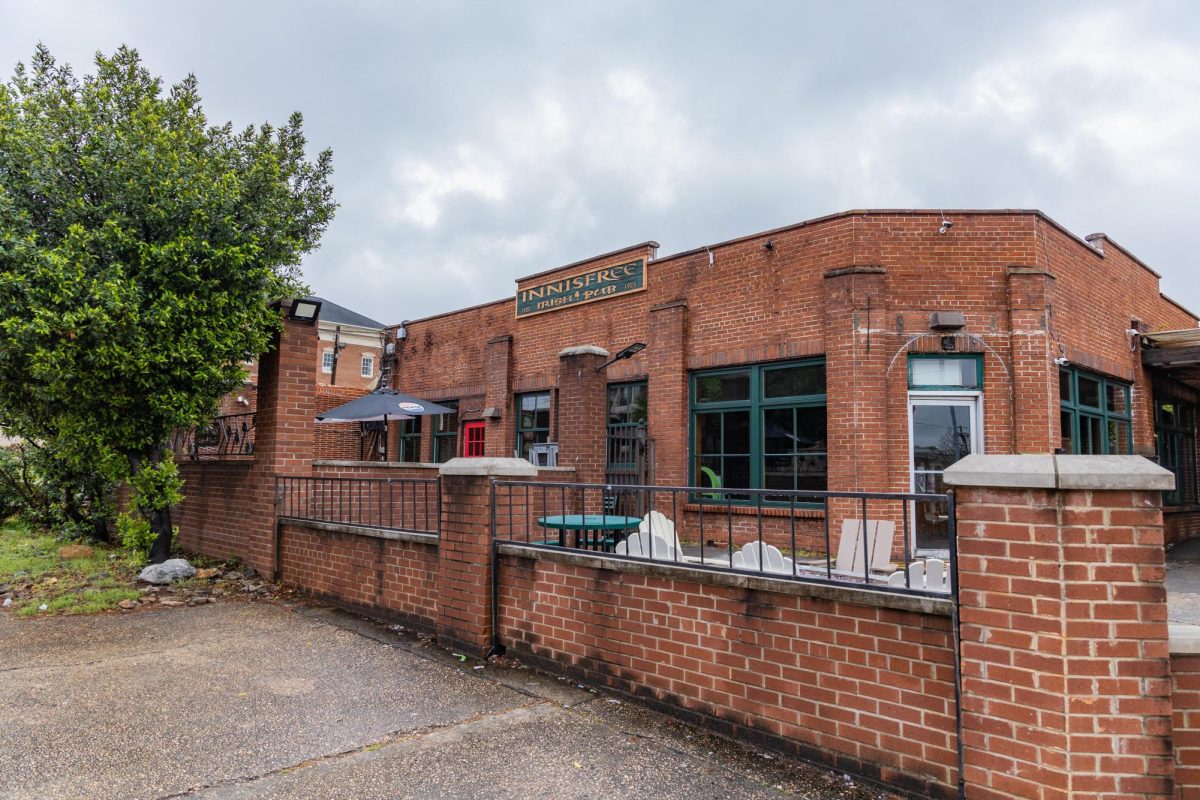Throughout history, towns affected by tornadoes have rebuilt from among the rubble. Tuscaloosa now faces the same task of redevelopment and can draw from the past for hints to the future.
“By looking at other towns, you have a chance to develop another way of viewing your city and its traditions,” Lisa Lindquist Dorr, associate professor of history at the University of Alabama, said. “This gives you a chance to see what a community chooses to do when they have the ability to reinvent themselves. And you then have a chance to reconsider the way your town is and ask yourself if it should really stay that way.”
Three towns, Waco, Texas hit in 1953, Lubbock, Texas hit in 1970 and Huntsville, Ala. hit in 1989, had distinctive variables that played a role in the cities’ development. The outcomes were three vastly different cities.
“It’s fascinating how natural disasters create microcosms,” Dorr said. “Social trends get exaggerated and magnified with a natural disasters.”
In 1953, an EF4 tornado ran through downtown Waco, killing 114 people. The college town is still recovering and initiating their newest attempt at downtown restoration this year.
City Manager Larry Groth said the slow response and attempt at reconstruction had a lot to do with American sentiments at the time.
“In the 1950s, we were worried more about civil defense stuff and the Russians and the Cold War than we were about the tornadoes,” Groth said.
This factor was then combined with the 1960s fad of urban sprawl, Groth said, which led to businesses choosing to move outward from the city rather than rebuild downtown.
Lubbock, home of Texas Tech University, was hit by an EF5 tornado in May 1970. The tornado destroyed residential areas and a majority of Lubbock’s downtown area. But, unlike Waco, Lubbock was prepared.
The East Texas town was chosen by the U.S. Office of Civil Defense to participate in a pilot program preparing cities for natural disasters and for four years, the town trained and planned for emergencies.
Lubbock Mayor Tom Martin was hired as Lubbock’s Public Information Officer the same day as the 1970 tornado, and he has watched Lubbock evolve since then. Martin believes it was the preparation that saved the local government of Lubbock from losing control of the city.
“After the threat of USSR subsided, the idea came to prepare towns for natural disasters. Before this research and preparation, a city would basically collapse. A national guard would come in, take over, and the civil government almost ceased to function,” Martin said. “But it helped us recover fairly quick as a community. When the tornado hit, everyone knew what to do.”
Like Lubbock, Huntsville, hit in 1989, had a prepared system.
Huntsville City Administrator Rex Reynolds was supervisor at the narcotics unit, located on Airport Road, which was in the direct path of the tornado. Reynolds called the first 24 hours after the tornado a “life-and-safety recovery mode.”
“The retail center on Airport Road was struck, and there were huge piles of debris and metal. We knew people were missing, and we knew people were in that shopping center,” Reynolds said. “We handled it like a crime scene.”
Like the presence of the University of Alabama in Tuscaloosa, the presence of Baylor University and Texas Tech University played a large part in the redevelopment of Waco and Lubbock.
Despite the suffering in downtown Waco, Groth said the presence of Baylor University has helped Waco keep its economy consistent.
“There was a change in the downtown business, yes. But having a top-notch school in our town makes an economic impact,” he said. “Their economy helps ours.”
Lubbock and Texas Tech also worked hand-in-hand. Martin said much of their workforce came from the campus. The leaders of Texas Tech were also part of the planning committee that decided the future development of Lubbock.
“A lot of times in college towns, there is a town and gown divide. And in an event like this that becomes meaningless and in the rebuilding process, you have a chance to create that unity,” Dorr said. “And having that relationship widens the reaches of community, because it provides connection to many places.”
Now, Waco, Lubbock and Huntsville are able to look back on how they, as cities, has grown since the tornados and how they got to that place.
Today, 59 years later, Waco is still suffering from its downtown devastation. The downtown area is still in a rebuilding process and businesses are slowly trickling back.
“It’s unfortunate it took so long for people to realize how the core of a city is important,” Groth said. “It’s not the tornado itself, but what you do after. Recovery is more important than the actual tornado. All you can do is hope it never happens again.”
To decide the direction of Waco’s reconstruction, an election was held to vote on the mayor and city council’s plans. But the vote did not implement immediate change.
“We lost buildings that would now be labeled as historic, a large portion never recovered and multiple plans never took hold. Many businesses moved outwards, or to west-Waco, and stayed out there,” Holly Browning, curator for the Waco Historical Society, said. “We have been working on a revitalizing initiative, but any rebuilding process takes time”
In Lubbock, 42 years later, Mayor Martin has watched the devastation turn into development.
Quickly after the debris was removed, the Lubbock City Council created the Blue Ribbon Committee, a citizen’s advisory committee to develop a plan of recovery.
The committee formed a plan for the future of Lubbock, and within three months, the citizens of Lubbock approved a civic center, central library and several parks to replace the damaged areas. The residential areas were replaced by housing in other parts of the city.
“All of this was finished within a few years,” Martin said. “If you leave debris and damage, it depresses property value and makes people less willing to rebuild. Being prepared and acting swiftly was a huge part of getting Lubbock back on its feet quickly.”
Lubbock now serves some of the largest higher education, medical and agricultural communities in Texas and the town has seen a significant increase in their population, as well as a feeling of community that was absent before.
“There were obvious negatives with the loss of life and property,” Martin said. “But what it did do is bring the community together with a single-minded reason. It reminded people that together we could rebuild to be even bigger and stronger.”
The Huntsville reconstruction was centered on business. A planning commission consisting of community leaders and appointees from the Huntsville mayor decided who would regain their retail property and who would replace previous businesses.
“Like Tuscaloosa, since we had such a wide-spread disaster in a small given area, it allowed for a redevelopment of businesses and more modern changes,” Reynolds said. “Yes, there was a loss of retail for some, but it ultimately created more for others. It was a ‘face lift,’ a ‘enhancement’ of airport road.”
And while different variables affected Waco, Lubbock and Huntsville, their approach to change, and eventual product, provide potential insight for Tuscaloosa.
“In some ways, a lot of communities have a momentum heading in a certain way, and it’s hard to get off that course. Zoning areas and residential patterns, once they start to form, are hard to change,” Dorr said. “All those things, once they get started, are very hard to stop midstream—unless you have something catastrophic.”
And while Tuscaloosa’s technology, building codes and city needs are different than those from 50 years ago, city officials can learn from history in non-tangible ways, too.
“Through looking at other disasters, it’s important to realize this isn’t the first community this has happened to,” Dorr said. “You can look at recent communities to see changes in one aspect of community, changes in infrastructure, building, zoning. But the soul of community, how the soul of a community responds, you need a longer historical lens to see.”



